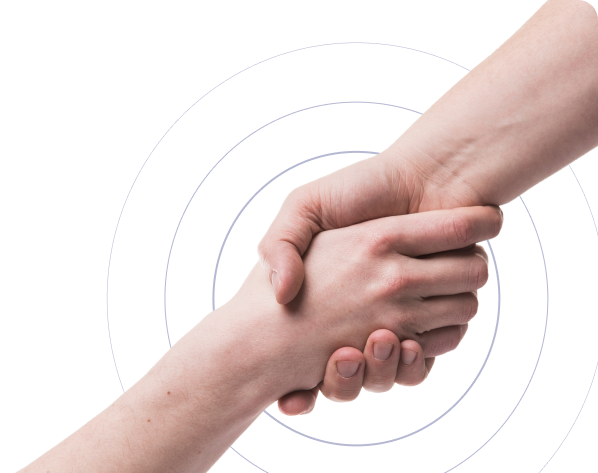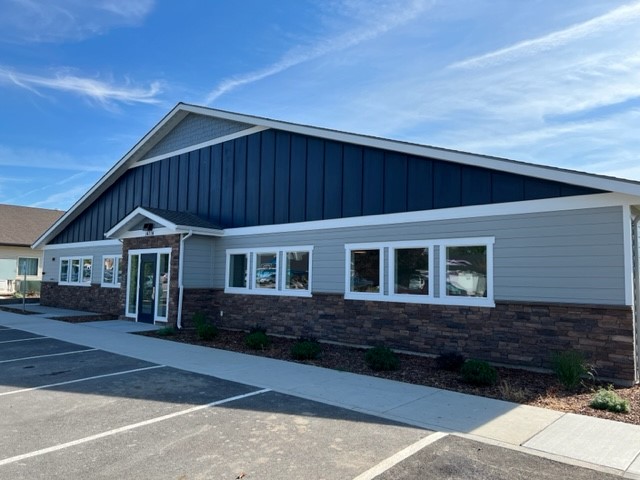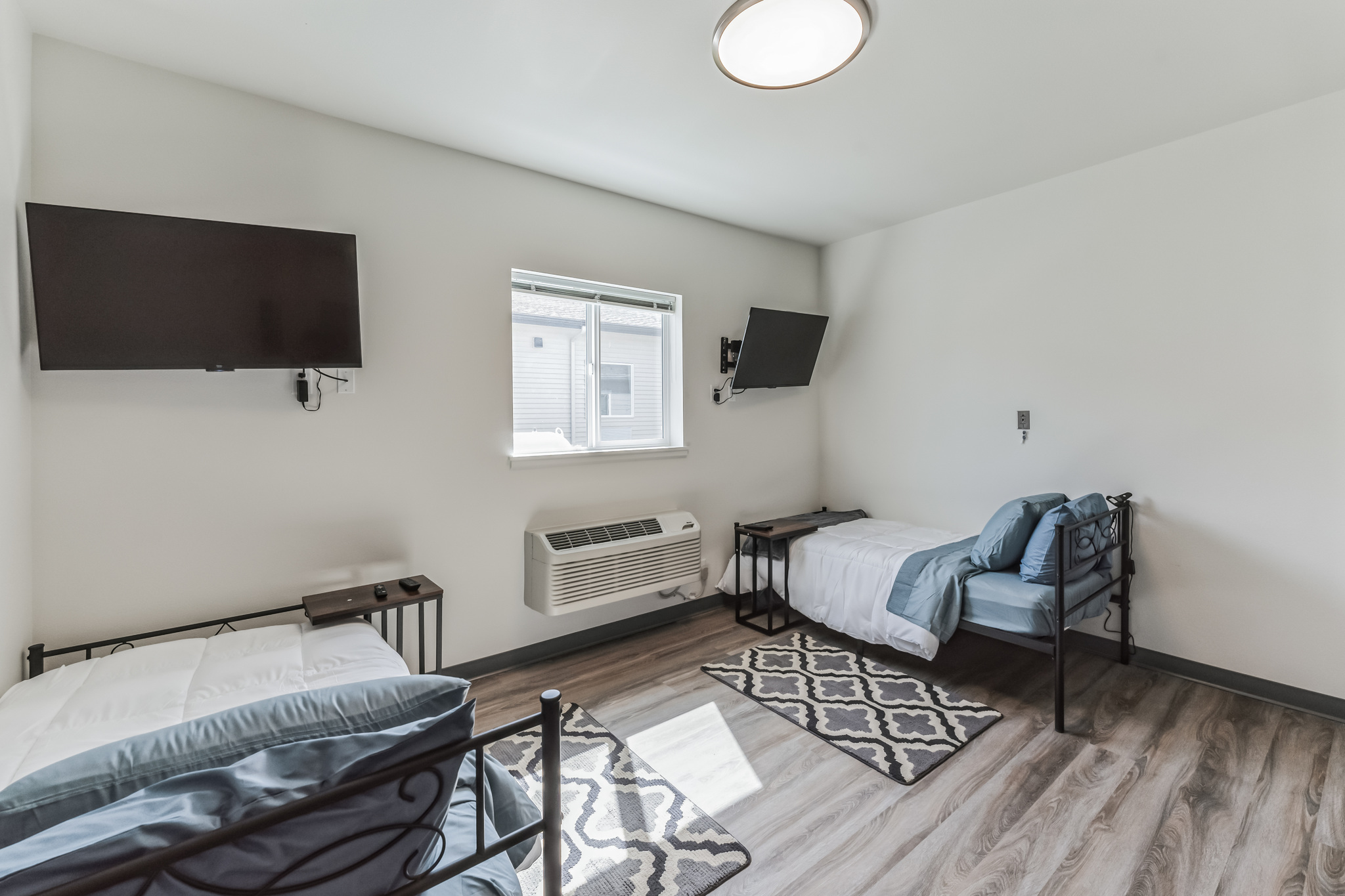
Many people want to learn about ADHD types so they can understand how ADHD affects attention, energy, and behavior. ADHD is a neurodevelopmental disorder that changes how the brain manages focus, impulses, and daily tasks. Learning about the different types helps families recognize the signs and understand why symptoms vary from person to person. At We Level Up Washington, our team helps clients understand ADHD patterns and find the proper support for healing and growth.
ADHD affects children and adults differently. Some struggle with attention, while others face intense restlessness or impulsive urges. These symptoms create challenges in school, work, and relationships. Understanding the different types of ADHD helps clients choose the right level of care.
Skip To
Table of Contents
What Are the Different Types of ADHD?
Many families ask about the different types of ADHD because symptoms can vary from person to person. ADHD is a brain-based condition that affects attention, activity level, and impulse control.
Experts classify ADHD into three main types based on symptoms: inattentive type, hyperactive-impulsive type, and combined type. Each type has certain qualities that affect how people learn, talk to each other, and go about their daily lives. These symptoms may manifest in early life or persist throughout adulthood. A lot of people get well with structure, therapy, and help.
ADHD affects how people think and behave, but it does not change their intelligence. Many people with ADHD are creative and good at solving problems. They can also think flexibly.
Some people are diagnosed with ADHD as children. Others find out they have it as adults. Many improve when they learn new skills and get the proper support.

ADHD Inattentive Type
Many people want to understand the ADHD inattentive type, which affects focus and attention more than activity levels. People of this type may have trouble following directions, staying organized, or finishing activities. Even when they desire to pay attention, they could seem forgetful or easily distracted. These symptoms might make things hard at home, at school, or at work.
People with inattentive ADHD often overlook small details. They may frequently lose items, struggle with time management, or have trouble starting tasks. These challenges can create stress, confusion, or frustration. With support, clients learn routines and skills that make daily tasks easier.
This type of ADHD is more common in adults. It may go unnoticed for many years. Sometimes, it is confused with anxiety or learning problems. This happens because the symptoms are quieter and less disruptive.
End the Emotional Pain. Get Your Life Back.
Feeling Depressed, Anxious or Struggling with Mental Health Illness? Get Safe Comfortable Mental Health Dual Diagnosis High-Quality Therapy From Counselors That Care. Begin Your Recovery Now.
Hotline: (509) 348-4077

ADHD Hyperactive-Impulsive Type
This type of ADHD is characterized by restlessness and impulsive behavior. A person may feel the need to move, talk, or act quickly. They may interrupt others or struggle to wait their turn. These symptoms can affect social situations, school, and daily routines.
Hyperactive-impulsive symptoms often show up early in childhood. Kids may feel like they are always “on the go” or have trouble sitting still. Adults might feel restless inside, even when they are not moving. People can learn to control their energy levels and stop acting on impulse with treatment.
This type can make tasks or routines seem complicated. People might rush into decisions without thinking. They may feel frustrated when things go slowly. Therapy helps clients see their triggers and practice calmer responses.
ADHD Combined Type
Many people have symptoms from both the inattentive and hyperactive groups. This is known as the ADHD combined type, and it is the most common diagnosis. A person may struggle with focus, restlessness, and sitting still. These symptoms together can affect many areas of life.
Someone with combined ADHD may often lose things, forget steps, or feel restless while working. They might interrupt conversations or act without thinking. These habits can cause stress at school, work, or home. With the right treatment plan, it becomes easier to learn and use helpful strategies.
Combined ADHD requires a balanced approach to care. People learn skills to focus and tools to calm down. These help with daily routines.

How ADHD Types Affect Daily Life
Here are some signs that ADHD might be affecting your daily life:
- Inattentive symptoms can make reading, planning, and staying on task difficult.
- Hyperactive symptoms can make sitting still or waiting a challenge.
- Combined symptoms can create stress in both areas.
These challenges can impact school performance, work habits, and personal relationships. People may feel misunderstood or judged for behaviors they cannot change. Families often feel confused when they do not fully understand the symptoms. Education and therapy can help reduce these fears and build confidence.
ADHD can affect how people manage their emotions. Some feel overwhelmed by intense feelings, especially under stress. Therapy helps clients learn skills to calm their minds and bodies.
Get Help. Get Better. Get Your Life Back.
Searching for Accredited Dual Diagnosis Mental Health Centers Near You?
Even if therapy failed previously, or are in the middle of a difficult crisis, we stand ready to support you. Our trusted behavioral health specialists will not give up on you. When you feel ready or just want someone to speak to about counseling alternatives to change your life call us. Even if we cannot assist you, we will lead you to wherever you can get support. There is no obligation. Call our hotline today.
FREE 24/7 Dual Diagnosis Mental Health Services Hotline
Why Choose We Level Up Washington
Clients choose our center because we provide caring and personalized support. Our therapists know how ADHD impacts feelings, relationships, and daily life. We create a safe space where clients feel understood and cared for. We help them develop tools for lasting success.
Our team uses evidence-based methods from national agencies, such as calming techniques for ADHD, to help overcome stress.
We also help clients with co-occurring conditions. Many people with ADHD also face anxiety, trauma, or bipolar disorder. Our dual-diagnosis approach treats the whole person. This allows clients to feel balanced, grounded, and supported.
Comfortable Facilities & Amenities
High-Quality Mental Health Services & Behaviroal Health Substance Abuse Treatment
Rehab Centers TourRenowned Mental Health Centers. Serene Private Facilities. Inpatient Rehab Programs Vary.
Mental Health Helpline: (509) 348-4077Proven recovery success experience, backed by a Team w/ History of:
15+
Years of Unified Experience
100s
5-Star Reviews Across Our Centers
10K
Recovery Success Stories Across Our Network
- Low Patient to Therapist Ratio
- Comprehensive Dual-Diagnosis Treatment
- Complimentary Family & Alumni Programs
- Coaching, Recovery & Development Events
- Comfortable Onsite Medical Detox Center
Frequently Asked Questions (FAQs)
-
What are the main ADHD types?
There are three types of ADHD: inattentive, hyperactive-impulsive, and combined.
-
What is the ADHD inattentive type?
This type includes problems with focusing, staying organized, or finishing tasks without being hyperactive.
-
What is the ADHD combined type?
The combined type has symptoms from both the inattentive and hyperactive groups.
-
Can adults have inattentive ADHD?
Yes, inattentive ADHD is common in adults. It often goes unnoticed for many years.
-
Are ADHD types treated differently?
Treatment is tailored to fit the symptoms. It usually includes therapy and skills training.
-
Can therapy help ADHD symptoms?
Yes, behavioral therapy and skill-building sessions can help people do better in their daily lives.
-
Do ADHD types change over time?
Yes, some people notice changes in their symptoms as they get older or start new routines.
-
Does We Level Up Washington treat ADHD?
Yes, our team offers organized care and support for all types of ADHD symptoms.
Final Thoughts
We Level Up Washington can assist if you or someone you care about has signs of ADHD. Our team understands the difficulties of ADHD and provides individualized care. We help with focus, emotional stability, and daily routines. Whether you have inattentive, hyperactive, or combined symptoms, we provide support and hope for ADHD to help you improve.
You don’t have to face these struggles by yourself. Our therapists can help you gain confidence, learn new skills, and build healthier habits.
Call us today to talk with our team. Learn more about our programs. We Level Up Washington: (509) 348-4077 to learn more about our programs and services.
Further Readings
External Sources
Internal Sources




